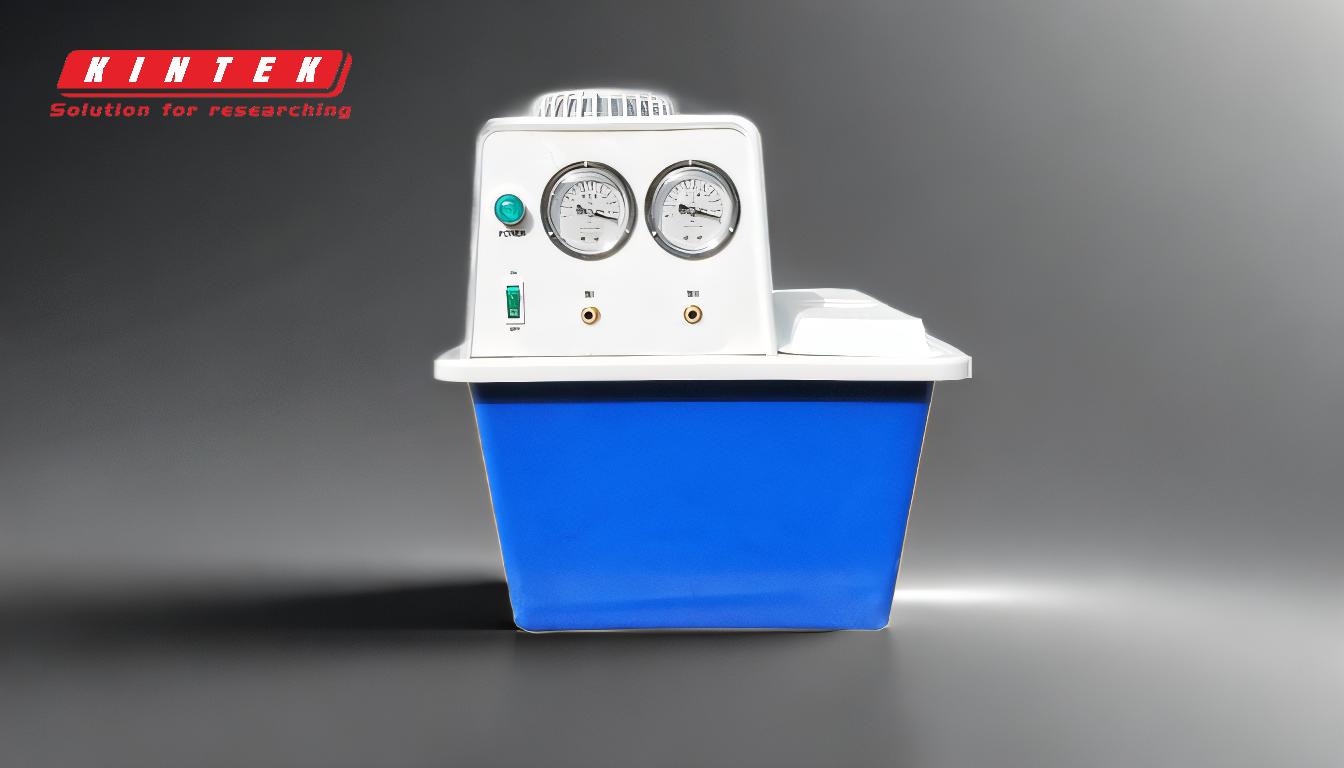To increase the vacuum in your lab vacuum pump, it is essential to understand the factors that influence its performance and take appropriate steps to optimize its operation. This involves ensuring proper maintenance, checking for leaks, selecting the right pump for your application, and using compatible accessories. Below is a detailed explanation of how to achieve a higher vacuum level in your lab vacuum pump.
Key Points Explained:

-
Ensure Proper Maintenance:
- Regularly inspect and clean the pump to remove any debris or contaminants that could hinder its performance.
- Replace worn-out parts such as seals, gaskets, and valves, as these can cause leaks and reduce vacuum efficiency.
- Change the pump oil (if applicable) at recommended intervals to maintain optimal lubrication and sealing.
-
Check for Leaks:
- Inspect all connections, hoses, and fittings for leaks. Even small leaks can significantly reduce the vacuum level.
- Use a leak detection solution or a vacuum gauge to identify and fix any leaks in the system.
- Ensure that all seals and gaskets are properly seated and in good condition.
-
Select the Right Pump for Your Application:
- Different vacuum pumps are designed for specific applications and vacuum levels. Ensure that your pump is suitable for the desired vacuum range.
- Consider factors such as flow rate, ultimate vacuum, and compatibility with the substances being handled (e.g., corrosive gases or liquids).
-
Optimize Pump Operation:
- Operate the pump within its recommended pressure and temperature ranges to avoid overloading or damaging it.
- Avoid introducing excessive moisture or contaminants into the pump, as this can degrade performance.
- Use a cold trap or desiccant to remove moisture from the system, especially when working with volatile liquids.
-
Use Compatible Accessories:
- Ensure that all hoses, connectors, and fittings are compatible with the pump and the application.
- Use high-quality vacuum tubing that is resistant to collapsing under vacuum pressure.
- Consider using a vacuum controller or regulator to fine-tune the vacuum level and maintain consistency.
-
Upgrade to a Higher-Performance Pump:
- If your current pump cannot achieve the desired vacuum level, consider upgrading to a pump with a higher ultimate vacuum or better performance characteristics.
- Options include rotary vane pumps, diaphragm pumps, or turbo-molecular pumps, depending on your specific needs.
By following these steps, you can effectively increase the vacuum in your lab vacuum pump and ensure reliable performance for your laboratory applications. Regular maintenance, leak detection, and proper equipment selection are key to achieving optimal vacuum levels.
Summary Table:
| Step | Key Actions |
|---|---|
| Ensure Proper Maintenance | Regularly clean, replace worn parts, and change pump oil (if applicable). |
| Check for Leaks | Inspect connections, use leak detection tools, and ensure seals are intact. |
| Select the Right Pump | Choose a pump based on application needs, flow rate, and compatibility. |
| Optimize Pump Operation | Operate within recommended ranges, avoid contaminants, and use cold traps. |
| Use Compatible Accessories | Ensure hoses, fittings, and tubing are high-quality and compatible. |
| Upgrade to a Better Pump | Consider higher-performance pumps like rotary vane or turbo-molecular models. |
Need help optimizing your lab vacuum pump? Contact our experts today for personalized solutions!









